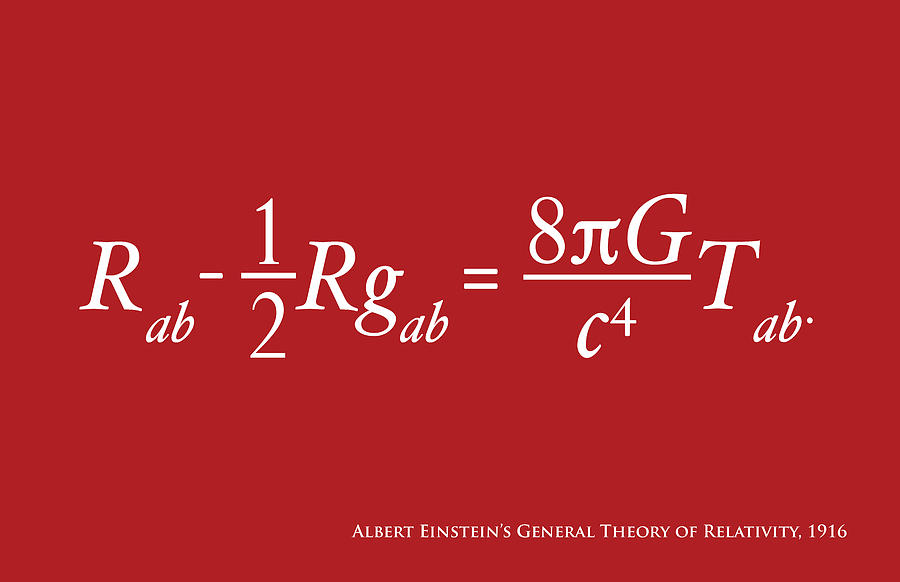

The process of arriving at what Einstein called his general theory of relativity involved a struggle of eight years and a combination of extraordinary scientific insight and sheer hard work. Light moves so fast that in most of the situations that astronomers encountered in the two centuries after Newton put forward his law, the effects of the finite (as opposed to infinite!) speed of the propagation of information and interactions were impossible to see. Newton’s theory works so well because the speed of light is so large. This was not a crisis in the sense of an obvious experimental or observational problem. It was hard to see how Einstein’s assertion, that events at one place and time can affect events at another only after at least enough time has passed for light to travel from one to the other, would not have to apply to any law of nature. It didn’t make sense that this principle should apply to electro-magnetism but not to the force of gravity. Neptune, for example, is so far away that it takes light from the sun four hours to reach it, but it would move immediately in response to the sun’s sudden motion.īut with special relativity, one could no longer look away. This despite the fact that the planets are far away. In Newton’s laws, if, say, the sun were suddenly to “jump” (for the moment, take the far-fetched possibility of some space invader attaching rockets to it), the effect on the planets in the solar system would be instantaneous. Newton-and perhaps more importantly his critics-were very troubled by a feature of his theory called action at a distance. This was actually related to a deficiency of Newton’s law of gravitation that was clear from the moment he promulgated it. In the course of this project, he confronted the question: How does Newton’s theory of gravity fit in with his principles? The simple answer: It doesn’t. In 1907, two years after putting forward his special relativity, Einstein was asked to write a review of the subject. But what about Newton’s law of gravity? How might it be purged of the notions of absolute space and absolute time?


We’ve seen that the laws of electricity and magnetism, encoded in Maxwell’s equations, forced a rethinking of the most basic concepts of space and time. In 1905, physicists understood something of the laws governing two types of forces: those of electricity and magnetism and of gravity.


 0 kommentar(er)
0 kommentar(er)
